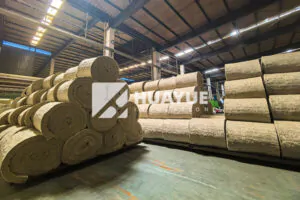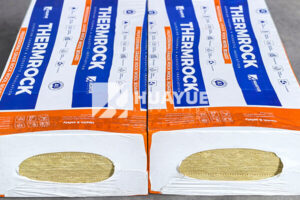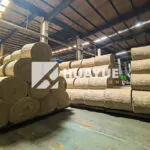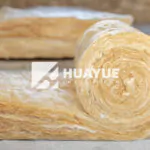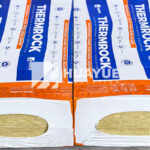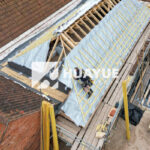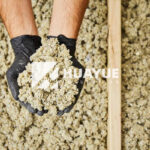Mineral Batt Insulation: What Should You Know Before Choosing It?
Are you trying to choose insulation that offers fire safety and sound control, but can’t decide between options? Mineral batt insulation might be the answer.
Mineral batt insulation is made from natural or artificial minerals, pressed into panels or batts. It provides excellent thermal insulation, fire resistance, and sound absorption. It is popular in commercial and industrial buildings, especially where safety and performance matter.
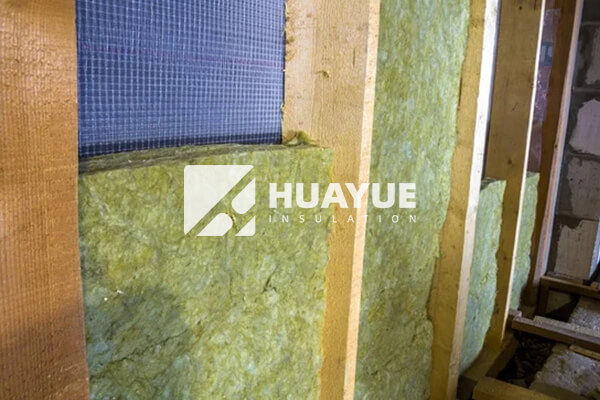
Mineral wool insulation offers high fire and sound resistance, but it is heavier than fiberglass and can be harder to install. If you want better safety and performance, mineral wool might be a good choice. Keep reading to learn about its disadvantages, animal resistance, and how it compares to other types.
What is mineral batt insulation?
Many people want insulation that is good for safety, energy savings, and comfort. Mineral batt insulation promises all these qualities, but what exactly is it?
Mineral batt insulation is made from spun fibers of rocks or slag, pressed into semi-rigid panels for installation. These batts resist fire, absorb sound, and insulate well. They also remain effective for many years and do not lose their shape. Mineral batts are often used in walls, floors, and roofs for both commercial and residential projects.
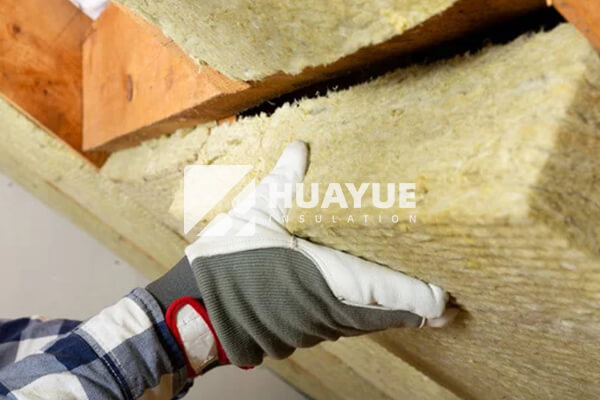
Understanding Mineral Wool and Mineral Batt Insulation
Mineral wool insulation includes glass wool and rock wool. Both are made by melting raw materials at high temperatures and spinning the fibers. These fibers trap air, making them work as insulation and sound barriers. The batts are cut into sizes that fit wall cavities or other spaces in buildings.
| Property | Mineral Batt Insulation | Fiberglass Insulation | Foam Insulation |
|---|---|---|---|
| Material | Rock or slag fibers | Glass fibers | Polyurethane, etc. |
| Fire Resistance | Excellent | Moderate | Can be good or poor |
| Sound Absorption | High | Moderate | Low to moderate |
| Moisture Resistance | Good | Moderate | Varies by product |
| Weight | Heavy | Lightweight | Lightweight |
| Installation Ease | Moderate | Easy | Easy to moderate |
I find that mineral batt insulation works well in areas that require more fire resistance, such as commercial kitchens, boiler rooms, or chemical storage areas. Sometimes, I recommend it for places where sound control matters, like recording studios or server rooms. The semi-rigid form makes it easy to cut to size and fit snugly into spaces.
What are the downsides of mineral wool insulation?
Insulation is about balancing costs and benefits. Does mineral wool have downsides that might stop you from using it?
Mineral wool insulation can be heavier and harder to handle than fiberglass. It sometimes costs more upfront. If exposed to water for long periods, it can lose some effectiveness. Some people find its fibers irritating to the skin and lungs during installation.
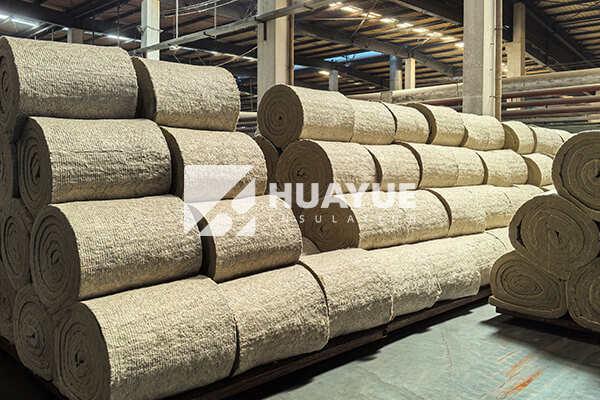
Evaluating the Disadvantages of Mineral Wool Insulation
When I compare mineral wool insulation to other types, I notice several points. First, the heavier density and rigidity can be difficult for certain projects. For example, when insulating ceilings or attics, mineral wool needs strong supports or extra fasteners. If the insulation gets wet, it can take longer to dry, which may affect performance. Some mineral wool products include water-repellent treatments, but not all do.
Another downside is cost. The price of mineral wool is often higher than fiberglass or basic foam. While the performance makes up for this over time, the initial expense can be a concern for budget projects.
Installation itself can be uncomfortable, since handling mineral wool batts exposes you to loose fibers. Wearing gloves, masks, and protective clothing is necessary to avoid irritation.
Here’s a summary table, to help weigh the pros and cons:
| Disadvantage | Impact on Use |
|---|---|
| Heavier material | Harder to install in some structures |
| Higher upfront cost | Bigger investment, but pays off later |
| Fiber irritation | Needs protective gear, more cleanup |
| Moisture absorption | May lose insulation if waterlogged |
For most industrial tank applications, the stronger fire resistance and sound absorption outweigh these cons. I often recommend mineral wool for long-term reliability, even when it requires more care at first.
Do mice eat rock wool insulation?
Pest problems can damage insulation. Will mice cause trouble if you use rock wool?
Mice rarely eat rock wool insulation. They do not find the hard, mineral fibers appealing as food or nesting material. Using rock wool in your insulation system helps keep pests out and reduces the risk of contamination.
Rock wool’s Resistance to Rodents
Many customers, like Hans Müller, want insulation that stands up to pests. Rodents often gnaw through foam or fiberglass, making holes and causing heat loss. Rock wool is different. It is made from dense fibers spun from molten rock. These fibers are hard and sharp enough to make digging and chewing very uncomfortable for mice and rats.
I have seen how tanks insulated with rock wool stay clean and intact year after year, even in facilities with lots of rodent activity. The material does not give off odors or crumbs that attract pests. If any animals try to dig into the insulation, they quickly move on to easier material elsewhere.
There is also less risk of nesting. Unlike soft, loose-fill insulation, rock wool batts are dense and hold their shape. This makes them unsuitable for building nests. Using rock wool around tank bases and pipes helps keep unwanted animals away from your insulation system.
| Insulation Type | Attracts Mice | Easily Eaten | Good for Nesting |
|---|---|---|---|
| Rock wool | No | Very rarely | No |
| Fiberglass | Sometimes | Sometimes | Yes |
| Foam | Yes | Yes | Yes |
I always check for gaps or entry points before finishing a tank project. Rock wool alone does a good job against pests, but sealing the insulation is the best way to keep your system pest-free.
Is mineral wool better than rock wool?
The choice between mineral wool and rock wool is confusing for many. Are they actually different? Which one performs better in your specific situation?
Mineral wool and rock wool offer similar fire and sound resistance. Rock wool is a type of mineral wool made from volcanic rock. It has higher density and may last longer in harsh environments.
Comparing Mineral Wool to Rock Wool
I often find questions about whether people should choose mineral wool or rock wool. The answer depends on your project. "Mineral wool" describes insulation made from minerals—this includes both glass wool (from sand or recycled glass) and rock wool (from basalt or slag). Rock wool is a type of mineral wool but has some differences.
Rock wool is more dense and slightly stronger than glass wool. Because it is made from volcanic rock, it holds up better over time in harsh industrial conditions. This makes rock wool excellent for insulating tanks in chemical plants or areas exposed to extreme heat or cold.
Mineral wool (glass wool), on the other hand, is lighter and easier to install in places where weight matters, such as suspended ceilings or lightweight partitions. It is effective at insulating and offers good fire protection, but might compress or lose shape sooner in tough environments.
These differences are important when deciding what insulation is best for a large tank, like those managed by Hans Müller. If long-term durability, fire safety, and resistance to compression matter most, rock wool is often the top choice.
| Feature | Mineral Wool (Glass Wool) | Rock Wool |
|---|---|---|
| Main Ingredient | Sand or recycled glass | Volcanic rock |
| Density | Lower | Higher |
| Fire Resistance | High | Very high |
| Sound Absorption | Good | Excellent |
| Load Bearing | Lower | Higher |
| Service Life | Good | Excellent |
I usually choose rock wool for the most demanding conditions. For projects that need lighter or easier-to-install materials, glass wool or other forms of mineral wool work well. You can match the insulation to your project needs for best results.
Conclusion
Mineral batt insulation offers reliable fire, sound, and thermal protection. Choosing the right type and understanding its properties helps you solve both safety and efficiency problems in any facility.
You may also be interested in:
Ready to Get Started?
Get in touch with our experts for personalized solutions tailored to your needs.
Get Free QuoteLatest Articles
Let's Work Together
Ready to take your business to the next level? Get in touch with our team of experts and let's discuss how we can help you achieve your goals.
Get Free Solutions
